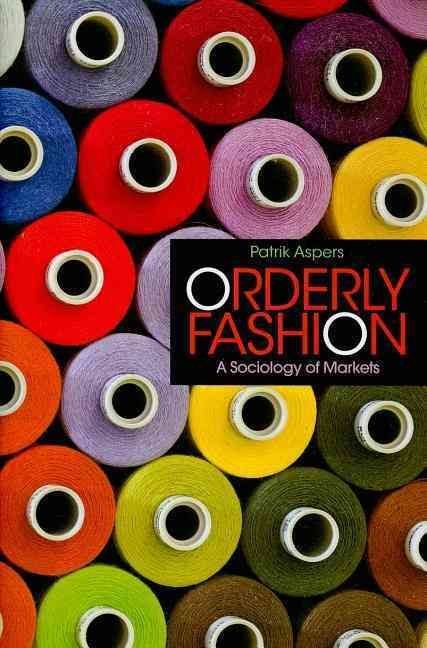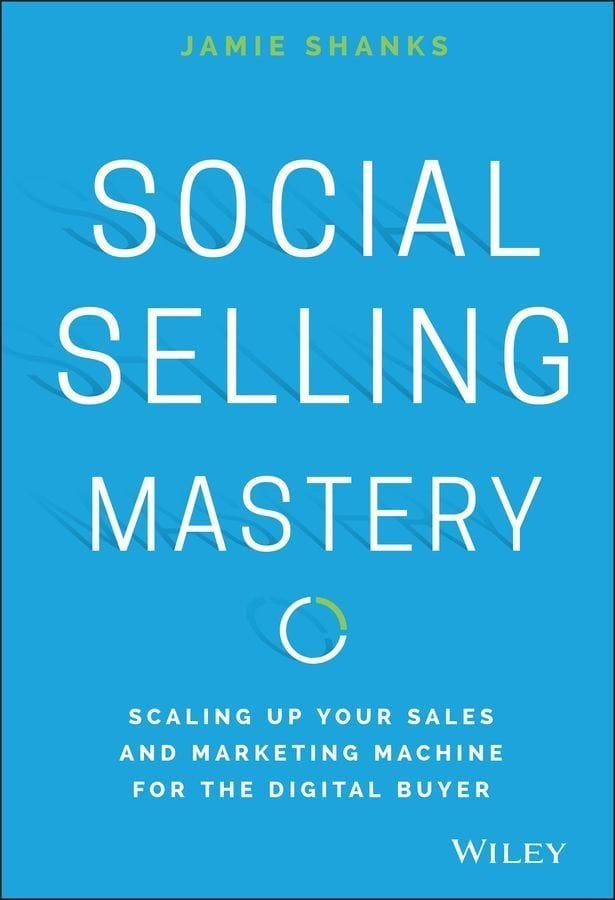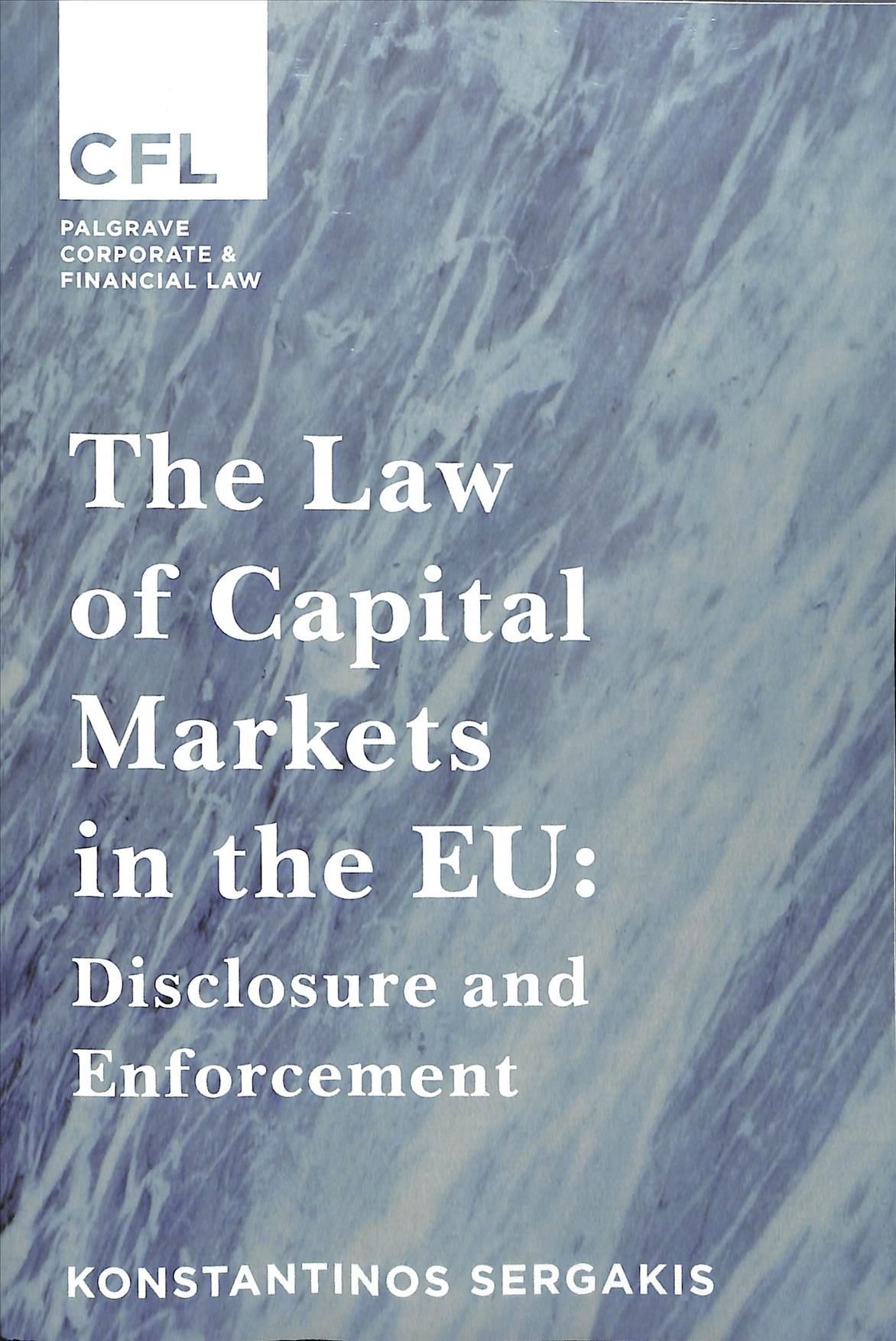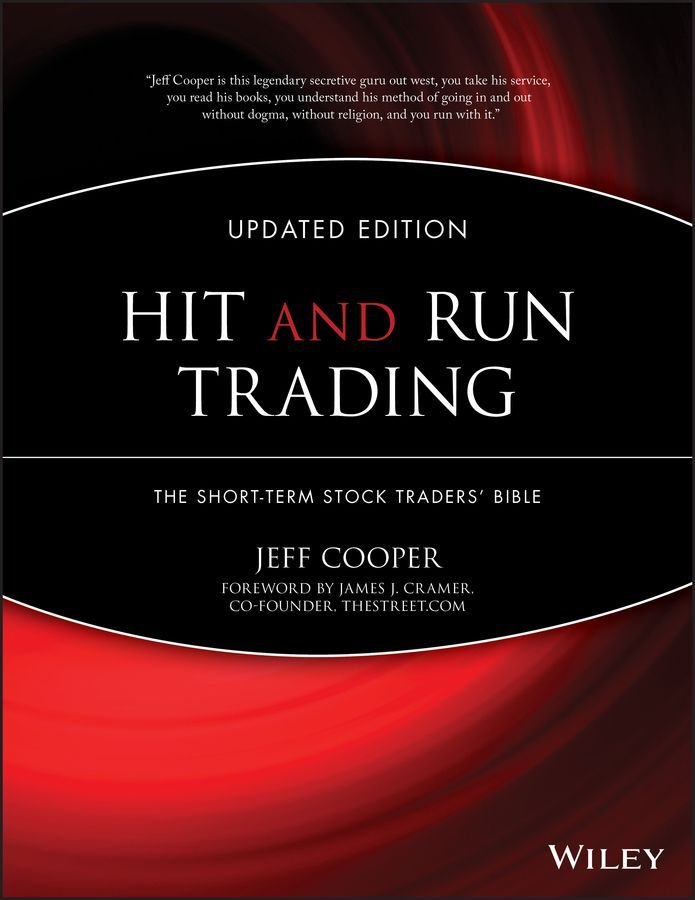Patrik Aspers shines a bright light on how markets come to seem orderly to producers and consumers, so they can strive to enact the script of rational actors. His astute and subtle account of all aspects of branded garment retailing sets a high bar for future studies of industry.—Mark Granovetter, Stanford University “This fine book makes an original contribution to our understanding of fashion, markets, and social theory. While there do exist books on each of these topics, none of them tie everything together in such a convincing manner. Orderly Fashion is a fine merger of Aspers’ substantive theoretical research interests, and is his best work so far.”—Richard Swedberg, author of Principles of Economic Sociology “This book delivers on a huge promise to advance our knowledge of both order and markets through sociological concepts and insights. The book demonstrates with lucid reasoning why order in markets is best understood through the social construction of meaning. An impressive accomplishment.”—Shyon Baumann, University of Toronto For any market to work properly, certain key elements are necessary: competition, pricing, rules, clearly defined offers, and easy access to information. Without these components, there would be chaos. Orderly Fashion examines how order is maintained in the different interconnected consumer, producer, and credit markets of the global fashion industry. From retailers in Sweden and the United Kingdom to producers in India and Turkey, Patrik Aspers focuses on branded garment retailers—chains such as Gap, H&M, Old Navy, Topshop, and Zara. Aspers investigates these retailers’ interactions and competition in the consumer market for fashion garments, traces connections between producer and consumer markets, and demonstrates why market order is best understood through an analysis of its different forms of social construction. Emphasizing consumption rather than production, Aspers considers the larger retailers’ roles as buye …












